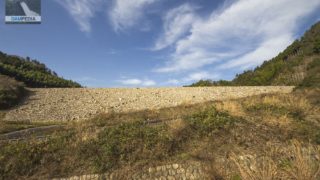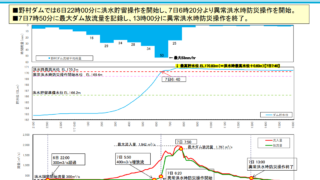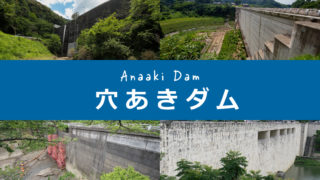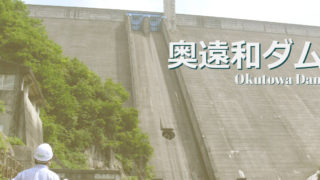 "a" column or row of the kana syllabary
"a" column or row of the kana syllabarysaddle dam
The saddle dam is a dam lake created by the construction of the main body of the dam....
 "a" column or row of the kana syllabary
"a" column or row of the kana syllabary "a" column or row of the kana syllabary
"a" column or row of the kana syllabary "a" column or row of the kana syllabary
"a" column or row of the kana syllabary "a" column or row of the kana syllabary
"a" column or row of the kana syllabary "a" column or row of the kana syllabary
"a" column or row of the kana syllabary "a" column or row of the kana syllabary
"a" column or row of the kana syllabary